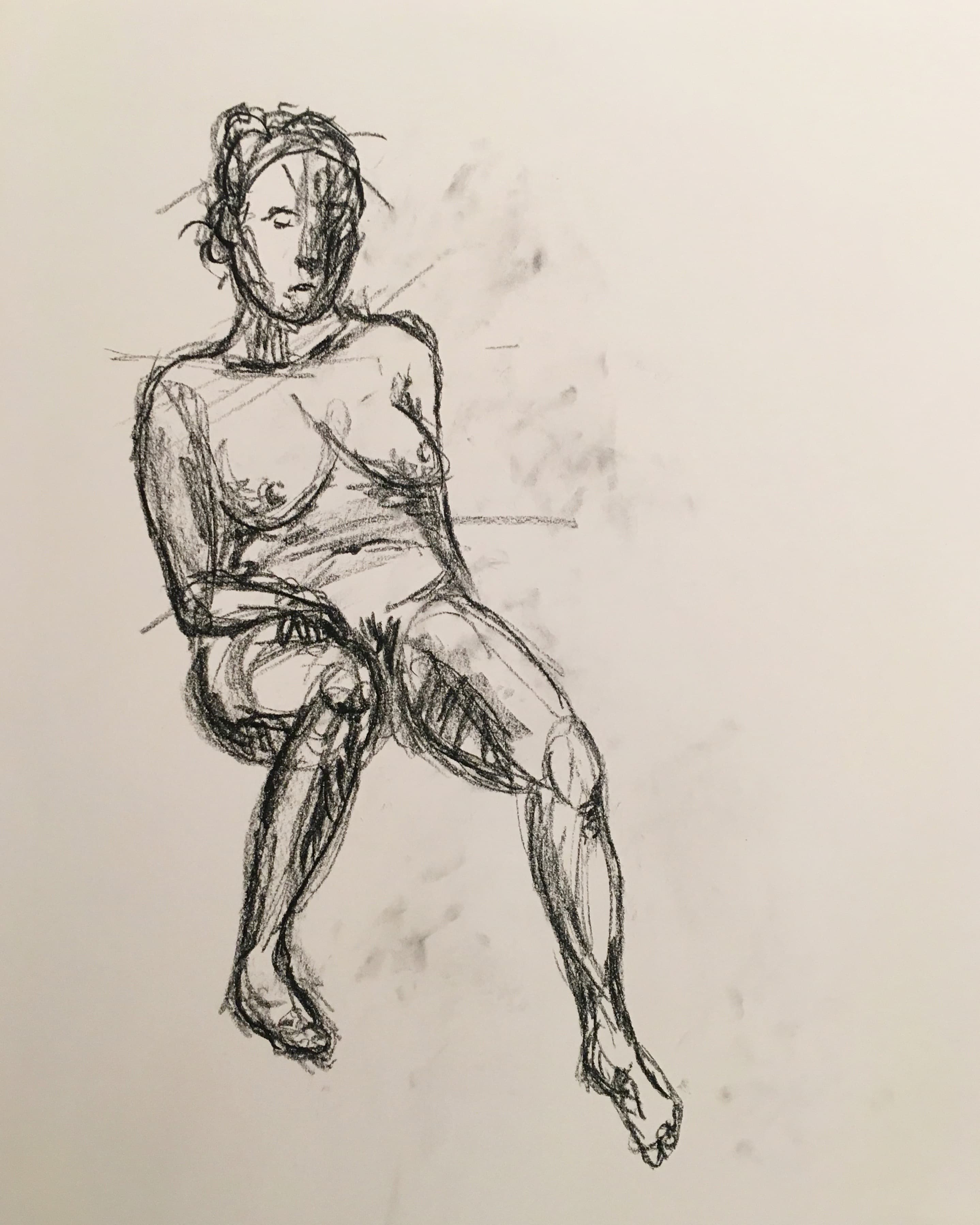
Sketching
Sep 8, 2025
I loved to draw when I was a kid. At first, I wasn't very good. I would get excited by an idea and try to draw a detailed version all in one go. My drawings were often misshapen and disproportionate. Sometimes I got bored midway and didn't even finish.
My drawing didn't improve much until I learned to sketch some years later. I first noticed how a talented friend would lightly form and combine crude shapes. At first, they didn't look like much, but from them emerged beautiful drawings. These drawings not only made mine look like wonky potatoes, but could capture intangible qualities like movement, space, and life.
When I first tried this technique, I was horribly bad at it. Because my friend's sketches used basic shapes, I hyper-fixated on drawing circles, triangles, and squares. Slowly, though, I learned to be less literal with my shapes, and by loosening my pencil strokes, my sketches and drawings improved.
It wasn't until I took a life drawing class that my drawing really advanced. In life drawing, the model only holds a pose for a short duration. This makes it difficult to focus on anything but the core essence of a pose, erasing distracting details. The practice invited me to change my technique—drawing with my arm in large strokes instead of just my wrist—and helped me better capture form.
Sketching is one of those invaluable skills I wish I had learned earlier in life. It made me a better artist, but it also influenced how I write and code. It's always tempting to go straight for the finished work, but by making a light draft first, you can better understand the whole of what you're making—or even decide to go in a completely different direction.